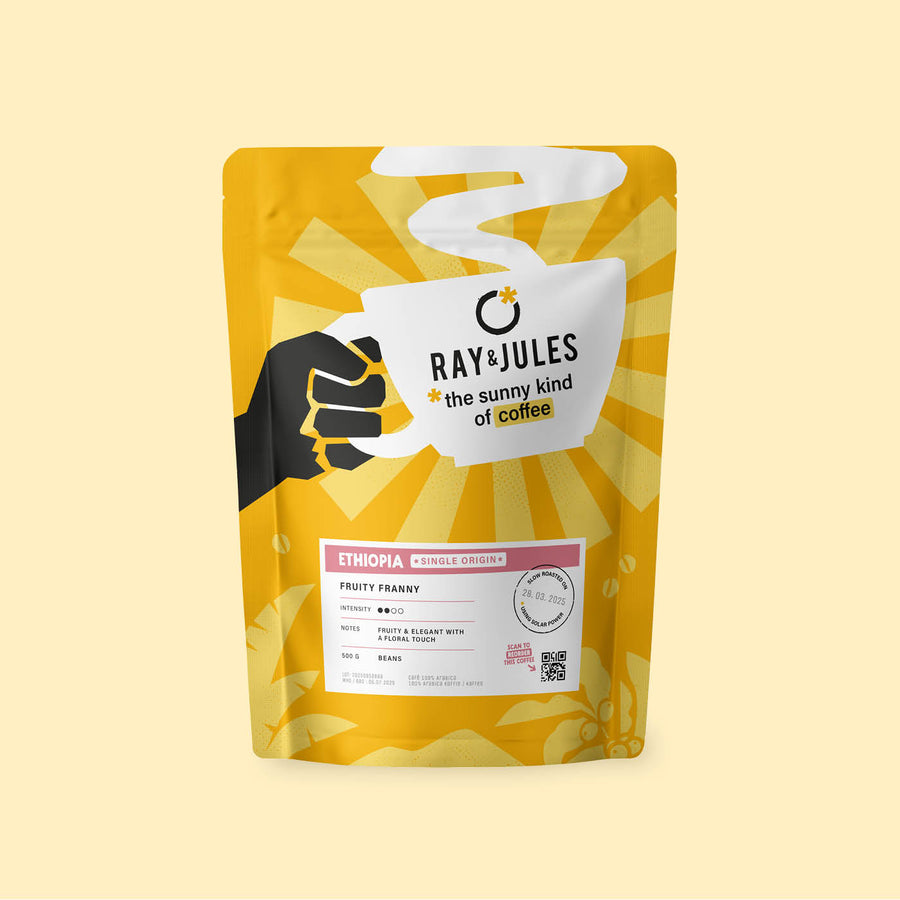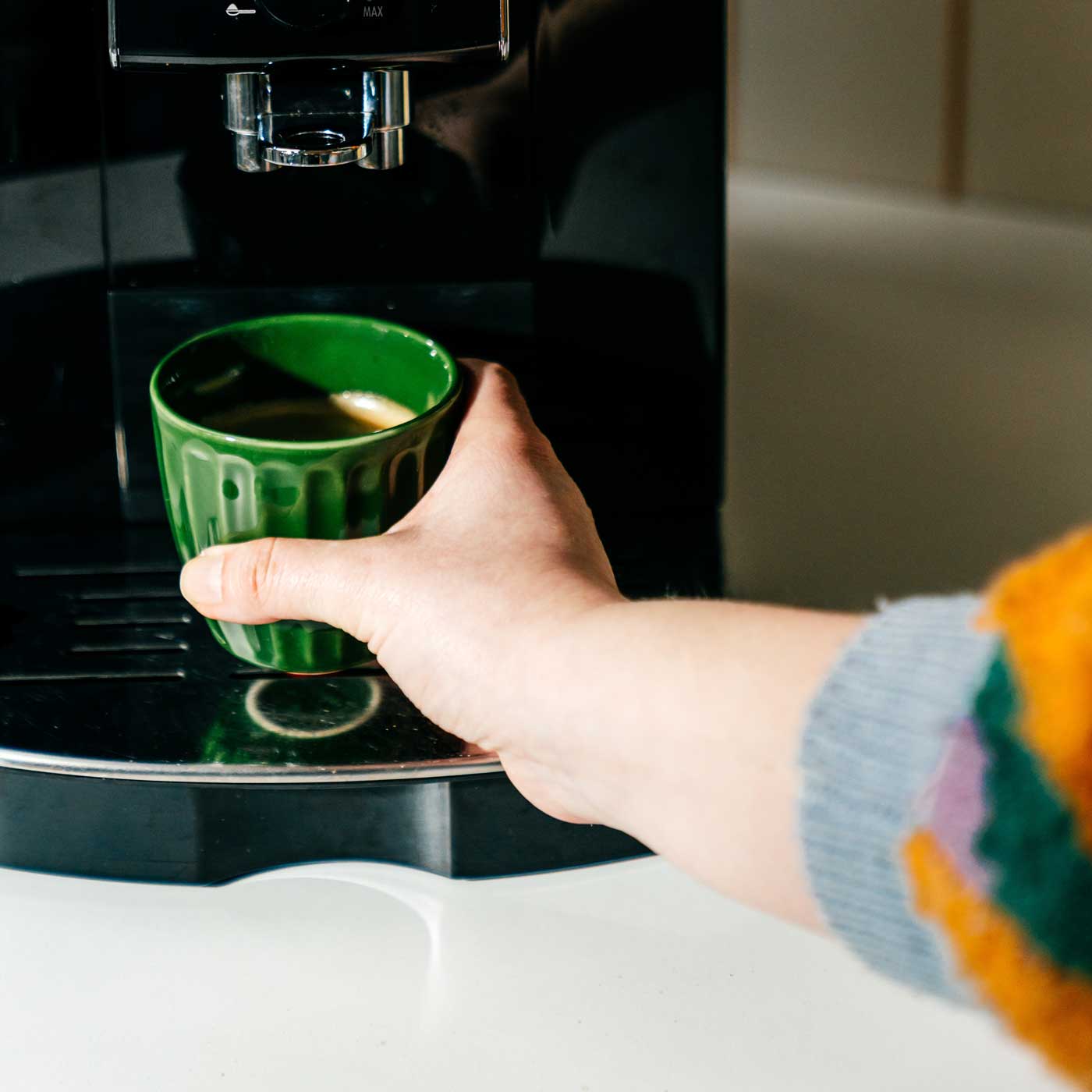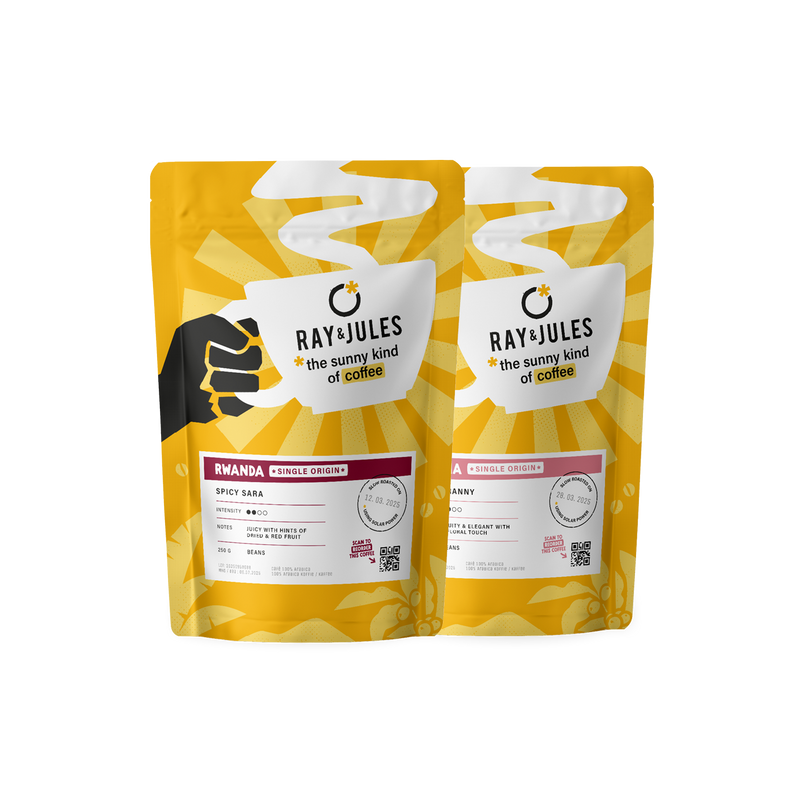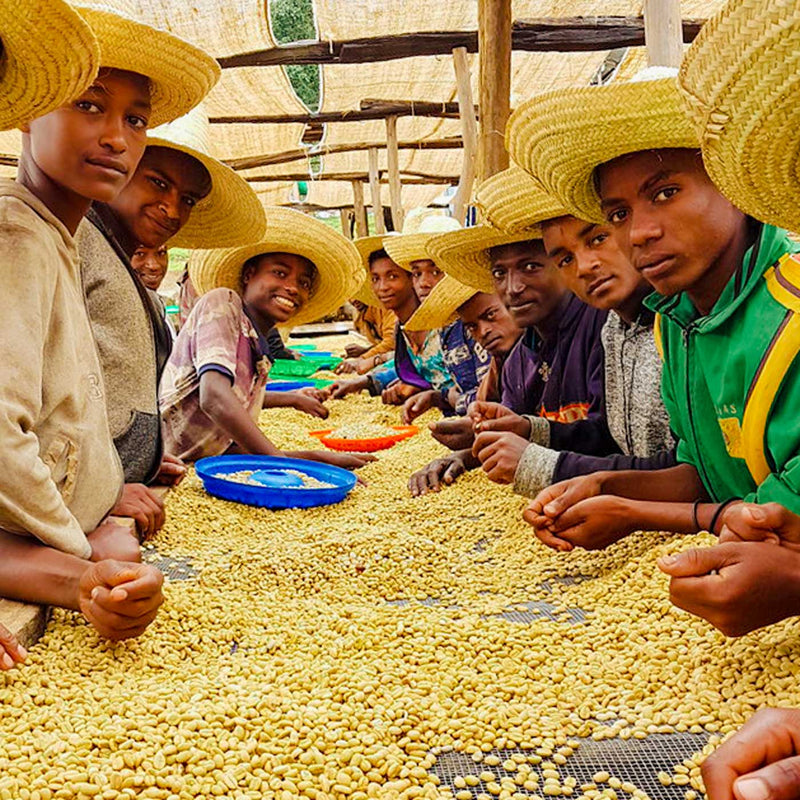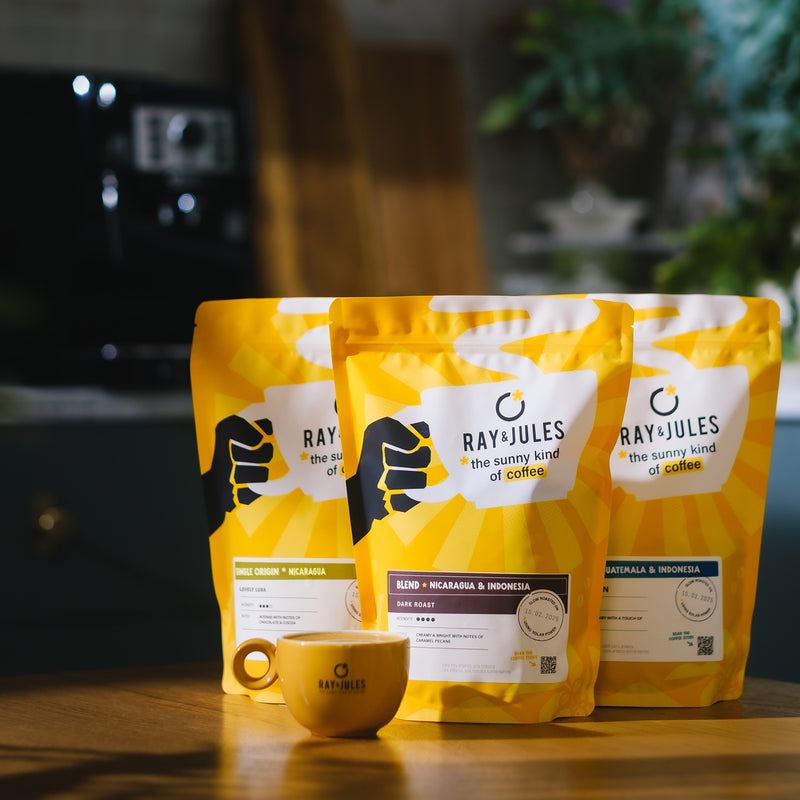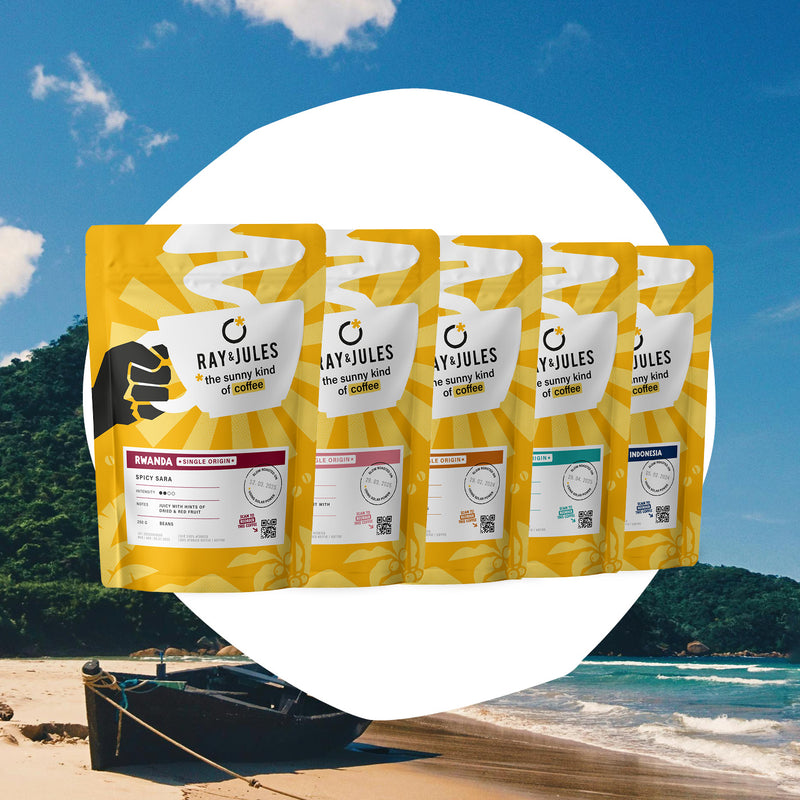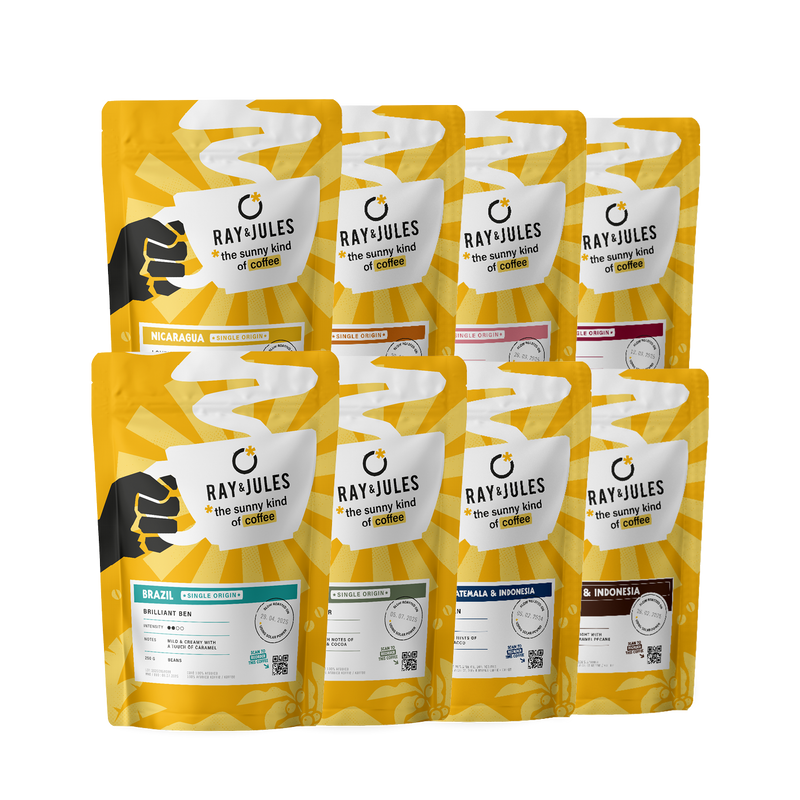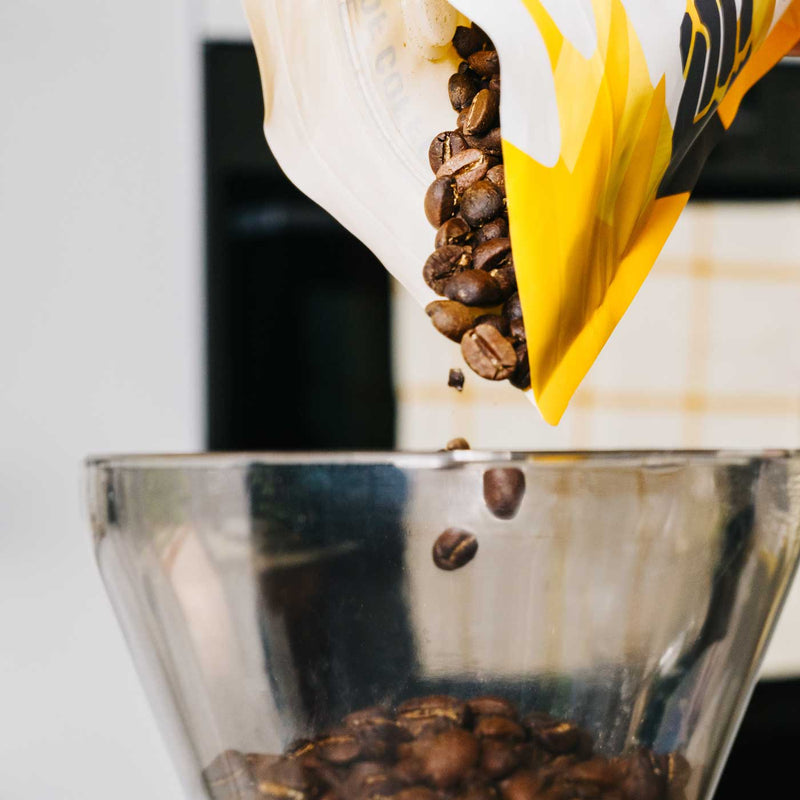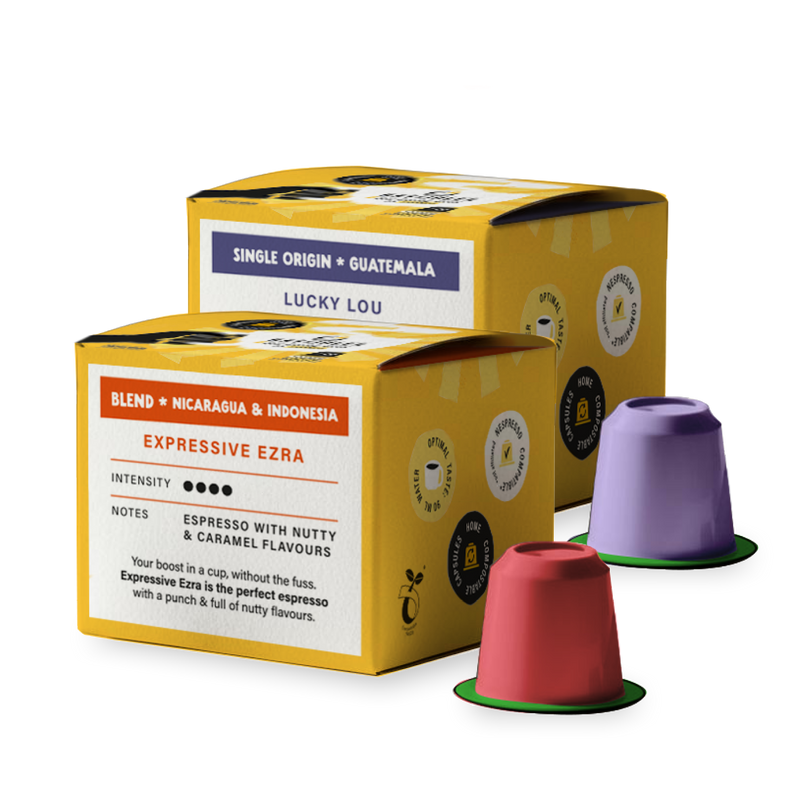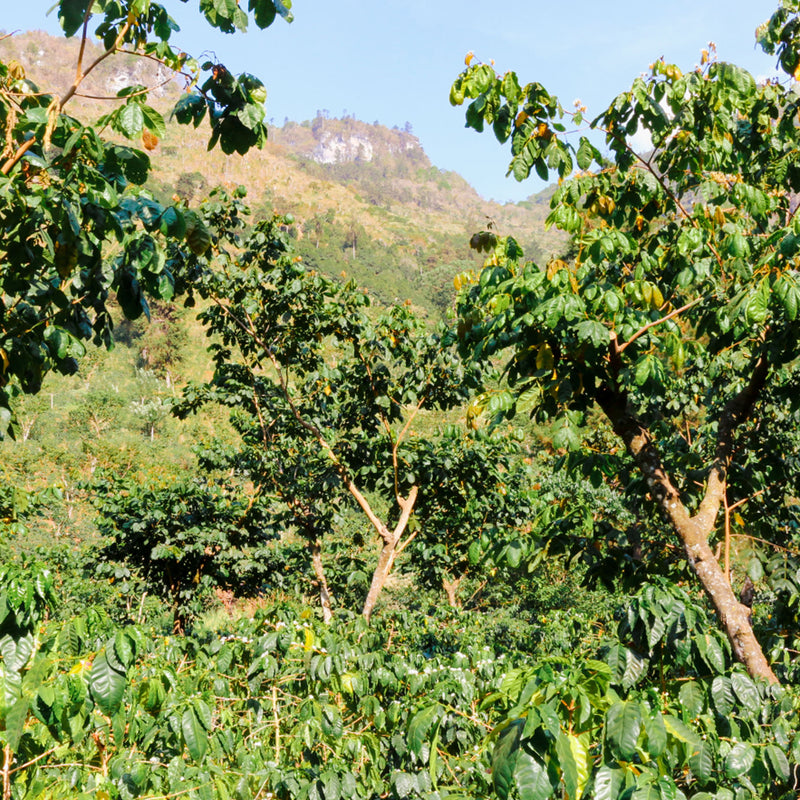before tasting begins
Make sure your device is clean and properly adjusted. A well-maintained coffee maker lasts longer and your coffee tastes best this way. So clean regularly. Lime also plays a role; the harder the water, the more lime - this also affects the taste of the coffee. Play it safe and use a water filter; in your device or a BRITA filter jug. Look at the bottom for the correct settings and quantities.
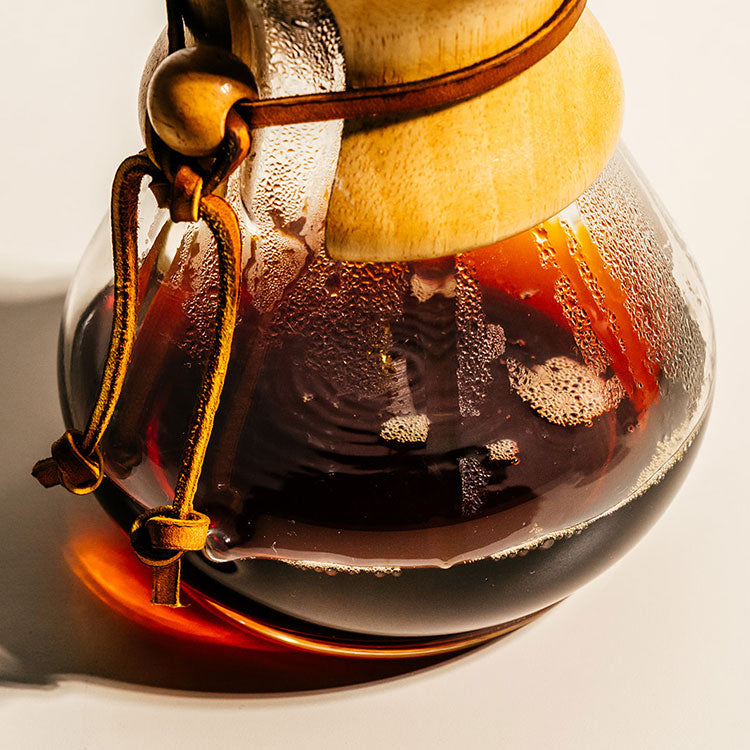
How should you taste coffee?
1. Look
A good espresso has a stable 'crema' ; a golden brown layer that forms a closed surface on your coffee. A good filter coffee has a clear, brown-red glow – not black! Beautiful, isn't it?!
2. Sniff
Did you know that your nose can distinguish 1 trillion odors? So first inhale deeply and try to detect the indicated aromas (or notes). You get the best results with freshly ground beans, because most of the aromas evaporate after just a few minutes after grinding. Looking for the right grinder? You can read our tips here.
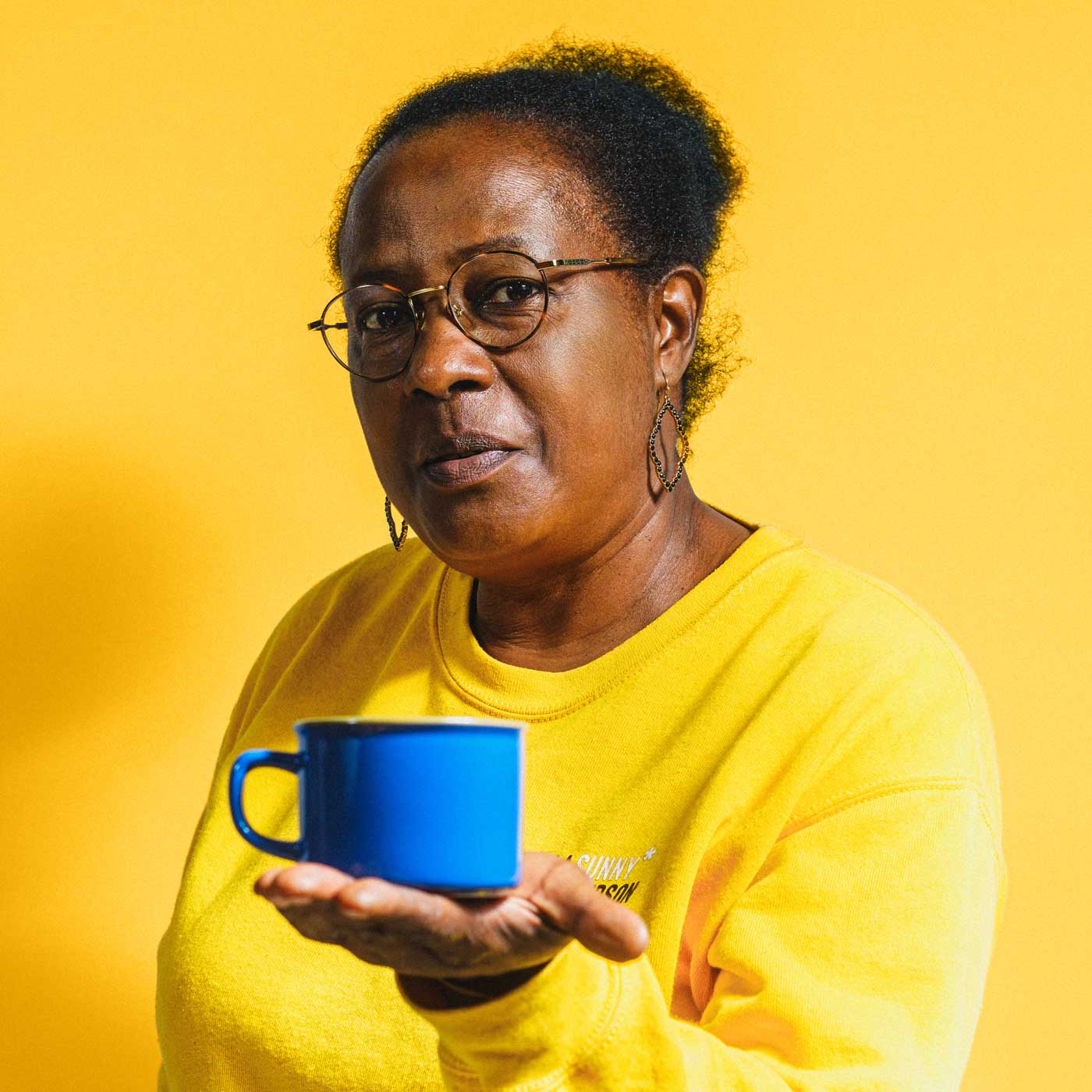
3. Taste
Take a sip – a real connoisseur slurps – and let it go around in your mouth so you can taste the subtle flavors. How does the coffee feel in your mouth? The texture, or body, of a coffee influences the taste and is often inherent to the brewing method. For example, espresso is usually full and creamy, filter coffee thin and clear.
4. Reflect
Reflect on everything you notice. Is the coffee bitter, sweet or more acidic? What flavors would you compare to? What texture do you feel; full, syrupy, thin... Does an aftertaste (aftertaste) linger? Finished? Start over; a coffee can differ in taste or body in espresso or lungo.
share the love for Ray & Jules
Do you enjoy sharing your favorite coffee with your friends, colleagues or family? Organize your own tasting session; choose a coffee mix and request free educational materials for your order.
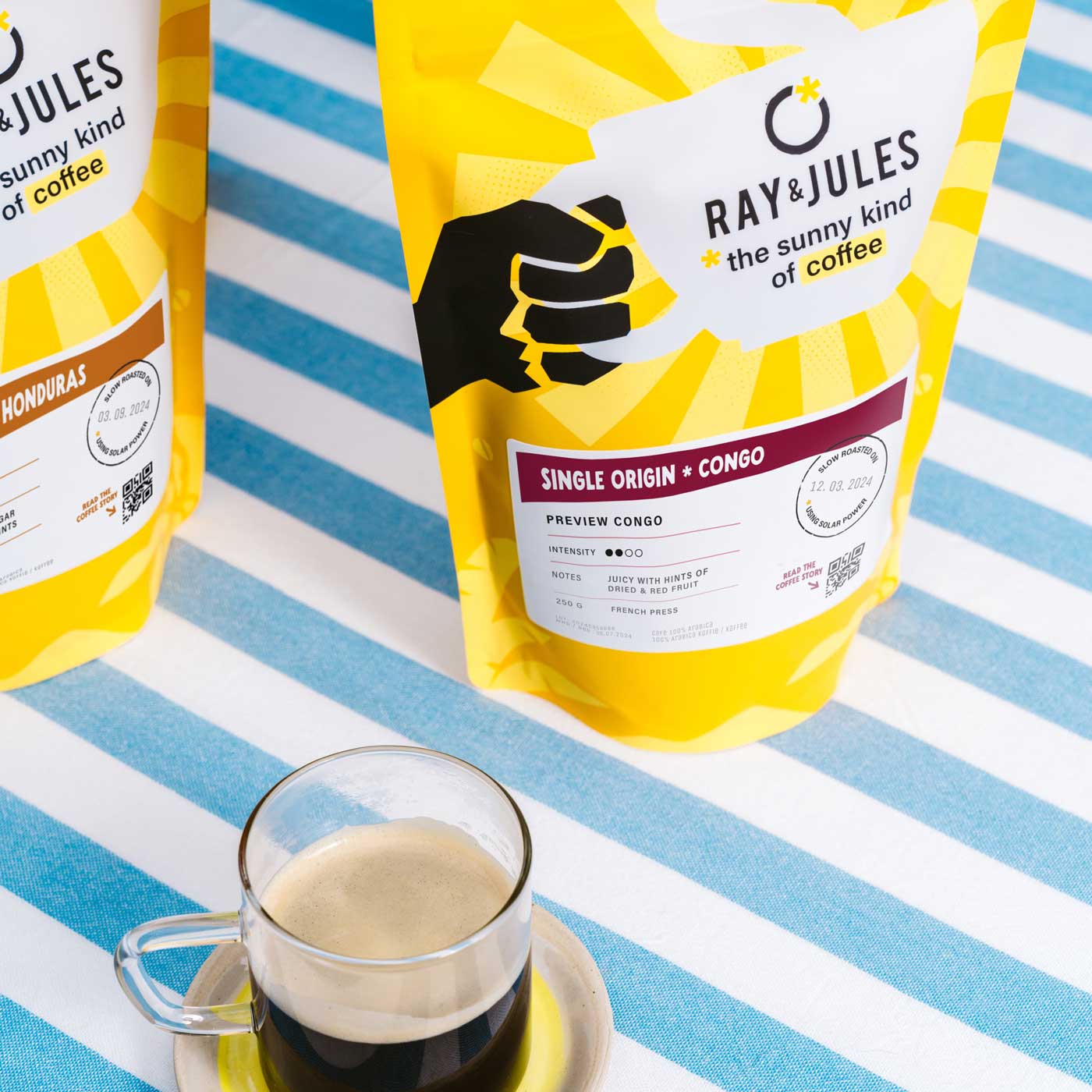
set your fully automatic machine as follows:
Espresso - 25 ml - coffee strength maximum
Double espresso - 45 ml - coffee strength maximum
Lungo - 90 ml - coffee strength maximum
Do you weigh yourself?
Then calculate 9 g of coffee for an espresso and 19 g for a double espresso or lungo.
Does this adjustment produce an unstable crema or inferior taste? Then play with the ratio of water to coffee. If the taste is too acidic, grind a little finer.
One last tip
Is the coffee not dark enough? Then you can grind a little finer. This way, the water flows more slowly through the coffee and absorbs more flavor. Thanks to our unique solar-powered burner, Ray & Jules beans are slow & medium roasted. The coarsest grinding degree will therefore not be necessary for any Ray & Jules coffee.

